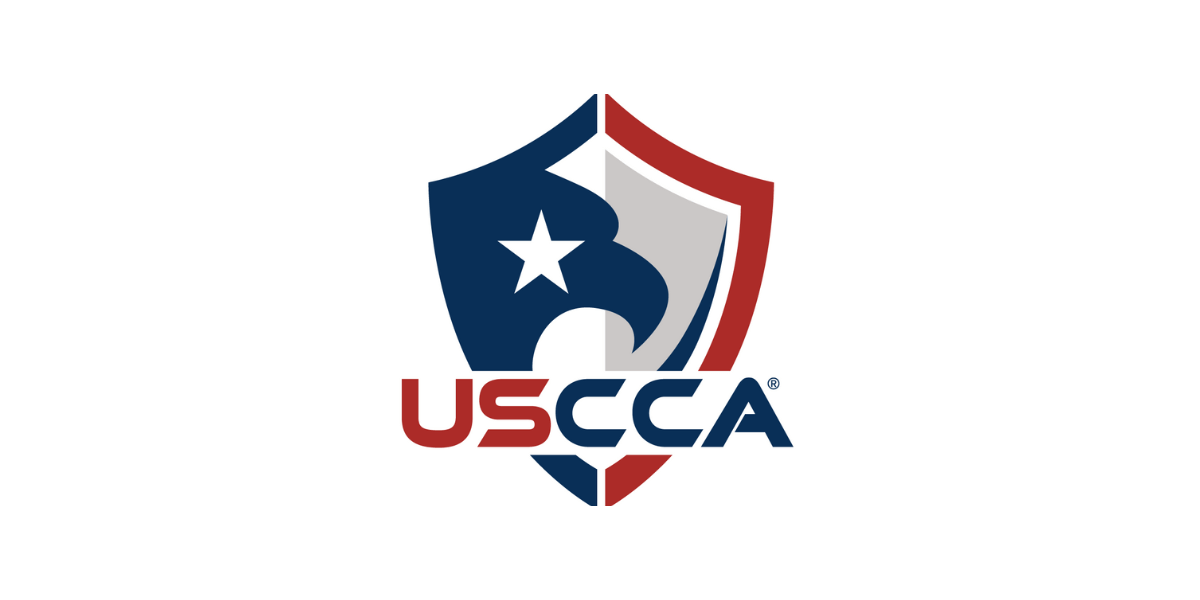In the wake of the OceanGate submersible tragedy, there has been much discussion about liability waivers and whether they can bar a lawsuit.
For example, there have been many questions about whether OceanGate can be held liable for the loss of the passengers on the Titan, including much discussion about the liability waiver they were supposed to have signed.
Aside from the extracts of OceanGate’s liability waiver that were published, it appears the complete liability waiver has not been subject to full disclosure to the public yet.
OceanGate’s liability waiver (Release) and the questions surrounding it got many thinking about whether and to what extent such a waiver could be relied upon to bar a claim if New York law applied for purposes of comparison. Waivers may have the intended effect of discouraging or barring someone from filing a lawsuit, but then they may not and give a false level of comfort.
Choice of Law—What if New York Law Applied?
According to reports, the Titan was subjected to an implosion during a dive to view the Titanic, and certain parts have been recovered. The Titanic, as described in the OceanGate waiver, is approximately 380 nautical miles south-southeast off the coast of Newfoundland, lying at a depth of approximately 3,800 meters.
The choice of law clause is very broad and, if enforceable, provides that any disputes related to or arising from the Expedition or Release shall be governed by the laws of The Bahamas, and any dispute arising from the Expedition or Release shall be resolved in the courts of The Bahamas.
For example, if any of the passengers on the Titan had been New York residents and the issue involved the enforceability of a liability waiver executed in another state signed by a New York resident, although New York did not have the most significant contacts, New York law may still apply if it involves a New York resident because New York has an interest in protecting its citizens from other state laws that are less favorable than the laws of New York. O’Connor v. United States Fencing Association, 260 F.Supp.2d 545 (EDNY 2003). However, whether it would be a proper challenge to a choice of law provision in the case of OceanGate’s Release if that were the case would be debatable. The issue does not involve whether another state’s laws govern a waiver in the U.S., but whether the law of The Bahamas applies to resolve any disputes in The Bahamas courts. As one example of applying maritime law to cruise ships, see Jiaming Liang v. NCL (Bahamas) LTD., 64 Misc.3d 1229(A) (Sup. Ct. Queens Co. 2019) (NCL (Bahamas) Ltd.’s motion was granted to dismiss the complaint since forum selection clauses, in this case, that any action must be brought exclusively in federal court in the Southern District of Florida, and if it does not have jurisdiction, any state court in Miami, Dade County, are generally enforceable if reasonably communicated prior to embarking on the cruise.
OceanGate’s Release has the signatories waive liability, including on behalf of minor children, against OceanGate “on account of injury to myself or my property, or resulting in my death, arising out of or in any way connected with my participation in the Expedition.”
It is not known whether this clause would be upheld under English common law, assuming the clause providing for The Bahamas as the governing law is enforceable. In New York, a parent or any other releasee cannot waive liability on behalf of a minor. A minor not only cannot sign a release on behalf of themselves, they also cannot be bound by a release executed by their parent. Santangelo v. City of New York, 66 A.D.2d 88 (2nd Dept. 1978).
Ready to book your consultation? Click below to pay our consultation fee and book your meeting with an attorney today!
If New York Law Applied—Design Defects, Foreseeable Harm, and Negligence
Waivers are used to inform the releasor and obtain a waiver of responsibility against a company for inherent risks. In the case of OceanGate, the Release provided that the “experimental submersible vessel has not been approved or certified by any regulatory body and is constructed of materials that have not been widely used for manned submersibles, and also provided that the “experimental submersible vessel has conducted fewer than 90 dives, and 13 of those dives reached the depth of the Titanic,” followed by an acknowledgment.
The actual number of dives is not disclosed, but more importantly, there is also nothing specific about why, out of fewer than 90 dives, only 13 reached the depths of the Titanic. While it may seem like this clause was solely to forewarn passengers of the possibility of cancellation due to causes outside the control of the owners and operators, such as weather conditions that make it unsafe to travel, the clause below it gives notice that the submersible may be subject to extreme pressure and that any failure would cause severe injury, if not death.
If New York law applied, whether the risk of harm was foreseeable would depend on the actual cause.
If the Release is enforceable, questions still remain as to whether or not it would cover the incident.
The Release provides that the submersible vessel was experimental, had not been approved or certified by any regular body, and was constructed of materials that have not been widely used in human-occupied submersibles.
If New York law applied, there could be a possible argument that this clause is too generic as the nature of the materials was not disclosed, as is the suggestion that it was constructed of materials that have not been widely used. It might be argued that it suggests that submersibles have used these materials before, but whether they used the materials for the types of depths to be reached by the Titan and whether or not humans occupied them raises questions about disclosure.
In New York, liability waivers can be challenged as unenforceable and invalid if they are not clear about the rights and risks that are being waived, such as through a catchall provision, boilerplate language, or being too broad. Thus, if New York law applied, the scope of the waiver is a factor to consider. Assumption of the risk clauses are subject to challenge for similar reasons, including whether the person who is waiving liability knew what those specific risks were and what rights they were waiving.
In tort cases, rather than contracts, waivers or releases from liability are disfavored. In New York, a liability waiver can be enforceable if it does not violate the public interest, the intention of the parties is expressed in unmistakable language, and the provisions are clear and coherent. Gross v. Sweet, 500 N.E.2d 306 NY (1979). In New York, there are also certain claims for which no liability can be waived and will be void as against public policy if they involve certain activities under the General Obligations Law or when there is a special relationship.
Additionally, a party can waive ordinary negligence; they cannot waive acts of gross negligence, reckless conduct, willful/wanton conduct, or intentional acts. Kalisch-Jarcho v. City of New York, 58 N.Y.2d 377 (1983).
Gross negligence is defined as conduct that differs in kind, not only degree, from claims of ordinary negligence. It is conduct that evinces a reckless disregard for the rights of others or smacks of intentional wrongdoing. Colnaghi USA, Ltd., v. Jewelers Protection Services, Ltd. 81 N.Y.2d 821 (1983).
This also leads to another question that has been raised. Whether OceanGate, even if they did not agree with a purported report and warnings by a former employee about safety lapses and other matters, whether such a report, if one existed, should have prompted them to test the submersible, conduct specific testing, and/or obtain a certification after his warning.
Aside from gross negligence and reckless or intentional misconduct, if New York law applied, strict liability, claims under statute, and claims against third parties could not be waived.
We will have to wait for a report by the US Coast Guard regarding the results of any investigation, including the cause of what occurred with the Titan.
Protecting Your Business
With all this in mind, there are several issues to consider when drafting a liability waiver or analyzing one in terms of whether and/or to what extent it applies, as well as the governing law and forum selection clauses. Factors include the cause of injury, activities covered, issues of proper disclosure, whether harm was foreseeable, whether there is an issue involving concealment of design defects, whether specific risks were properly disclosed, and whether the person knows what they are waiving. In New York and other jurisdictions, there is the possibility that a waiver will not act as a bar, for example, if it involves circumstances of gross negligence, reckless conduct, willful/wanton conduct, or intentional acts, or by statute or as a matter of public policy. All of these factors impact whether a liability waiver could bar a potential lawsuit.
Carol A. Crossett is a Partner in the New York City office of Tully Rinckey PLLC and head of the Commercial Law Group. Carol’s primary practice area is corporate and commercial business litigation and transactions. She can be reached at info@tullylegal.com or (888) 259-4543.








